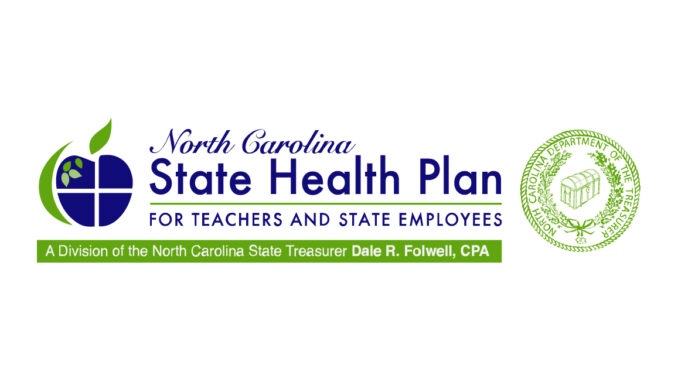
RALEIGH — North Carolina State Treasurer Dale Folwell has raised alarm bells about fiscal solvency issues with the State Health Plan.
During his monthly call with reporters, Folwell warned that the North Carolina State Health Plan (SHP) is on track to become insolvent, projecting that it will “go below our statutory minimums in 2025.”
Folwell emphasized the precarious position of the plan, stating, “We’re one pandemic away from not being able to pay our bills.”
The root of the problem, according to Folwell, lies in insufficient funding from the legislature coupled with rapidly rising health care costs and interest rates.
Folwell said “prescription and health costs are going up at least twice a higher rate than the amount of funding that the General Assembly has chosen to give us.”
The treasurer also cited from the legislature.
“It’s my understanding that we have received less than half of the $500 million of COVID-related expenses. So we’re looking for another $250 million,” said Folwell. “This is money that the General Assembly and the state of North Carolina has received from the federal government for COVID-related expenses, and we spent that money for COVID-related expenses. And so we’re looking at well over quarter of a billion dollars.”
The widening gap between expenses and revenues has led to increasing deficits, with projections showing a loss of $80 million for 2024, escalating to $824 million by 2027.
During his comments, Folwell underscored that both the pension and state health plans face similar challenges due to their maturity, with more people drawing benefits than actively contributing to the plans.
“The General Assembly fully funds the pension plan based on the cost,” said Folwell. “We need them to fully fund the State Health Plan based on the cost. Period. And that is the long-term solution.”
To address the issues facing the SHP, Folwell is advocating for several corrective measures. Chief among these is the implementation of reference-based pricing, which he believes could significantly reduce costs while still providing hospitals with a fair profit margin.
“If we got reference-based pricing, which would give the hospitals 100% profit. … “We’ve got a shot at keeping the plan solvent,” Folwell said.
Another area of concern is the high cost of certain medications, particularly GLP-1 drugs used for weight loss. Folwell pointed out the stark price disparities, stating, “Americans get charged up to 15 times more for GLP-1s than peers in Canada, Japan or Europe.”
Folwell didn’t mince words when criticizing hospital practices and medical debt, two topics his office has issued reports on in recent years.
“These billion, these multibillion-dollar corporations who disguise themselves as nonprofits, have made these billions of dollars on the backs of sick people,” said Folwell while calling for greater transparency in hospital billing and executive compensation.
To ensure the long-term viability of the SHP, Folwell proposed matching charity care with tax benefits received by hospitals, repealing certificate of need laws and putting an end to aggressive debt collection practices against patients.
The Treasurer’s Office and SHP Board of Trustees are also exploring various strategies to balance the budget, including cost reduction measures such as negotiating lower provider rates and managing pharmacy costs. Additionally, they are seeking increased employer contributions and reimbursement for COVID-related expenses.
Per the July presentation to the SHP Board of Trustees, recent actions taken include adjustments to 2025 funding, with increased retirement system contributions and premium increases for certain groups. However, Folwell stressed that without significant action, the plan may be unable to pay its bills by fall 2026.


